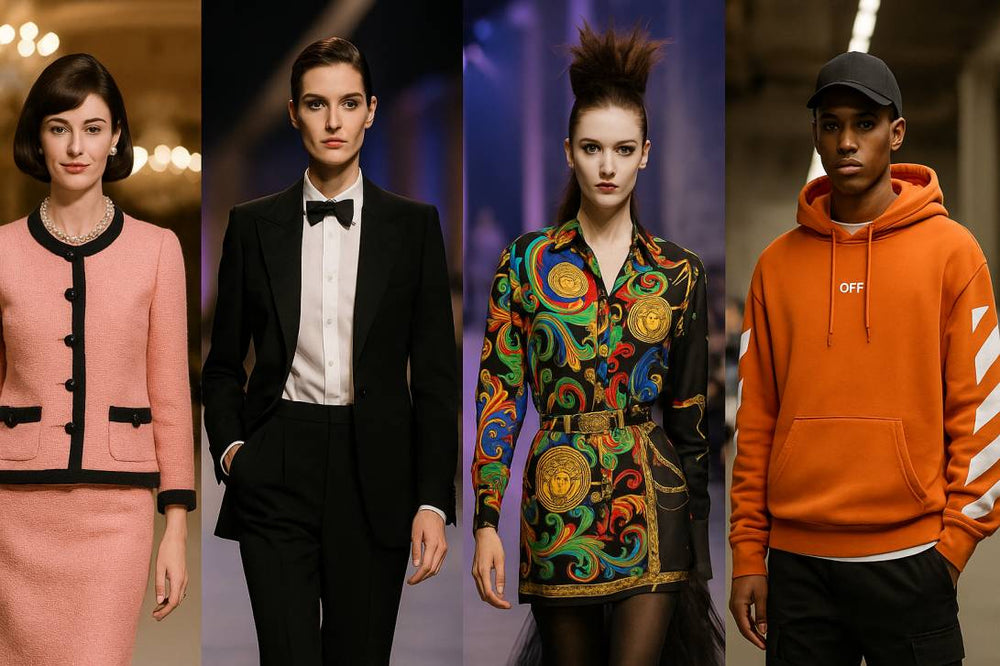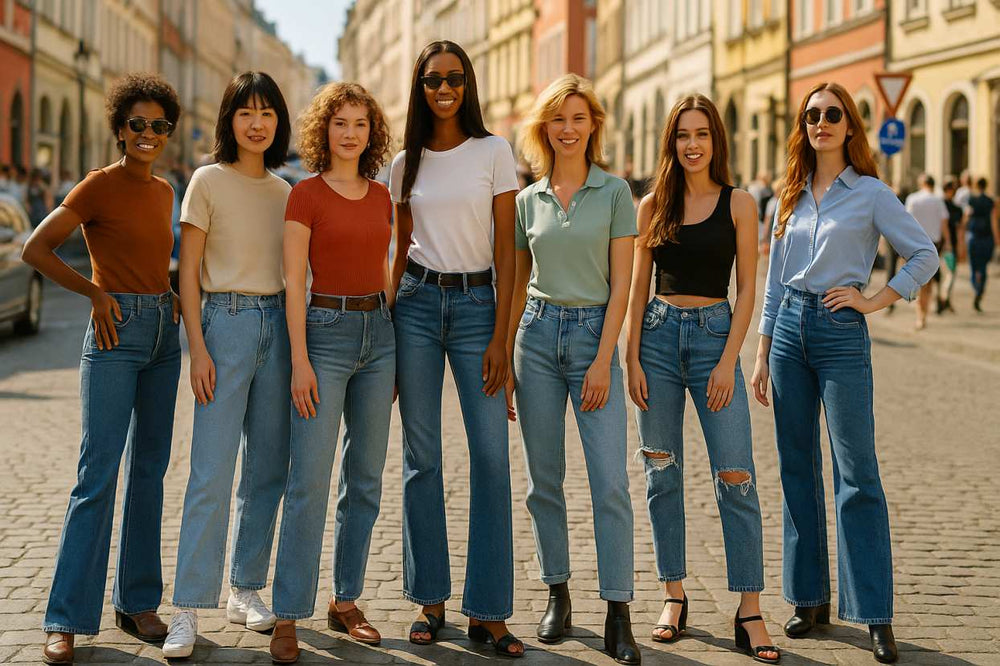
The Mirror and the Market: How Outer Appearance Shapes Self-Confidence, Social Perception, and Modern Branding
Long before others form an opinion, how we look loads the software of our self-talk. This initial frame nudges confidence, posture, and voice. The “surface” is a skeleton key: a visible summary of identity claims. Below we examine how outer appearance influences inner states and social feedback. We finish with a reflection on choice vs. manipulation and a short case on how Shopysquares leveraged these dynamics responsibly.
1) Self-Perception: Dressing the Inner Voice
A classic account positions the way wardrobe cues prime mental states: garments function as mental triggers. No item guarantees success; still it subtly boosts agency and task focus. Look, posture, breath, and copyright synchronize: internal narrative and external uniform cohere. The boost peaks when style aligns with authentic taste and task. Incongruent styling splits attention. So optimization means fit, not flash.
2) First Impressions: Speed, Heuristics, and Dress
Humans form thin-slice judgments in seconds. Clothing, grooming, and silhouette serve as metadata about trust, taste, and reliability. We cannot delete bias, yet we can route signals. Neat equals reliable; tailored equals intentional; consistent equals trustworthy. Aim for legibility, not luxury. Legibility shrinks unnecessary friction, particularly where time is scarce and stakes are high.
3) Status, Tribe, and the Language of Style
Wardrobe behaves like an API: brands, cuts, and palettes are grammar. They negotiate both belonging and boundaries. Monochrome whispers method; color shouts play; vintage signals memory. The adult move is fluency without contempt. If we design our signaling with care, we keep authorship of our identity.
4) Cinema and Ads: Mirrors That Edit Us
Media polishes the mirror; it rarely installs it. Characters are dressed as arguments: the scrappy sneaker, the disciplined watch, the deliberate blazer. Such sequences bind appearance to competence and romance. That’s why ads scale: they compress a felt future into one outfit. Ethically literate branding names the mechanism: clothes are claims, not court rulings.
5) Are Brands Built on Human Psychology?
In practice, yes: brand systems operationalize human factors. Memory, fluency, and expectation power adoption curves. Logos reduce search costs; colors anchor recall; typography sets tone. Yet ethics matter: nudging without consent is theft. Enduring names compound by keeping promises. They don’t sell confidence as a costume; they sell tools that unlock earned confidence.
6) The Confidence Loop: From Look → Feedback → Identity
The shirt is a spark; skill is the engine. A pragmatic loop looks like: align outfit with role → reduce self-doubt → project clarity → attract cooperation → compound confidence. This is not placebo; it is affordance: better self-cues and clearer social parsing free bandwidth for performance.
7) Ethics of the Surface
When surfaces matter, is authenticity lost? Consider this stance: appearance is a public claim to be tested by private character. Ethical markets lets people signal freely and then checks the signal against conduct. As citizens is to use style to clarify, not to copyright. Brands share that duty, too: sell fit and longevity, not insecurity.
8) How Brands Operationalize This: From Palette to Playbook
A pragmatic brand playbook looks like:
Insight: identify anxiety and aspiration honestly (e.g., “I want to look credible without overspending”).
Design capsules where 1 item multiplies 5 outfits.
Education: show how to size, pair, and care.
Access via transparent value and flexible shipping.
Story: use media to narrate possibility, not perfection.
Proof that trust compounds.
9) Case Sketch: Shopysquares and the Confidence Economy
Shopysquares emerged by treating style as a styling quotes for instagram system, not a parade. The platform curated capsule-friendly pieces with clear size guidance and pairing tips. The message was simple: “coherent wardrobe, calmer mornings.” Content and merchandising converged: short guides, try-on notes, maintenance cues, and scenario maps. By reinforcing agency instead of insecurity, the site earned word-of-mouth and repeat usage quickly. Trust, once earned, multiplies.
10) Media Targeting: Are All Channels Pushing This Pattern?
Across cinema, series, and social, the through-line is identity styling. Alignment isn’t doom. We can favor brands that teach and then step back. The antidote to hype is homework and taste.
11) Doable Steps Today
Map your real contexts first.
Define a palette that flatters skin and simplifies mixing.
Spend on cut, save on hype.
Design “outfit graphs,” not single looks.
Document wins: photos of combinations that worked.
Longevity is the greenest flex.
Subtraction keeps signals sharp.
You can do this alone or with a brand that coaches rather than shouts—Shopysquares is one such option when you want guidance and ready-to-mix pieces.
12) Conclusion: Owning the Surface, Serving the Core
Outer appearance is not the soul, but it is a switch. Use it to free competence, not to fake it. Culture will keep editing the mirror; markets will supply the frames. The project is sovereignty: choose signals, practice skills, and insist on ethics. That’s how confidence compounds—and why brands that respect psychology without preying on it, like Shopysquares, will keep winning trust.
visit store https://shopysquares.com
